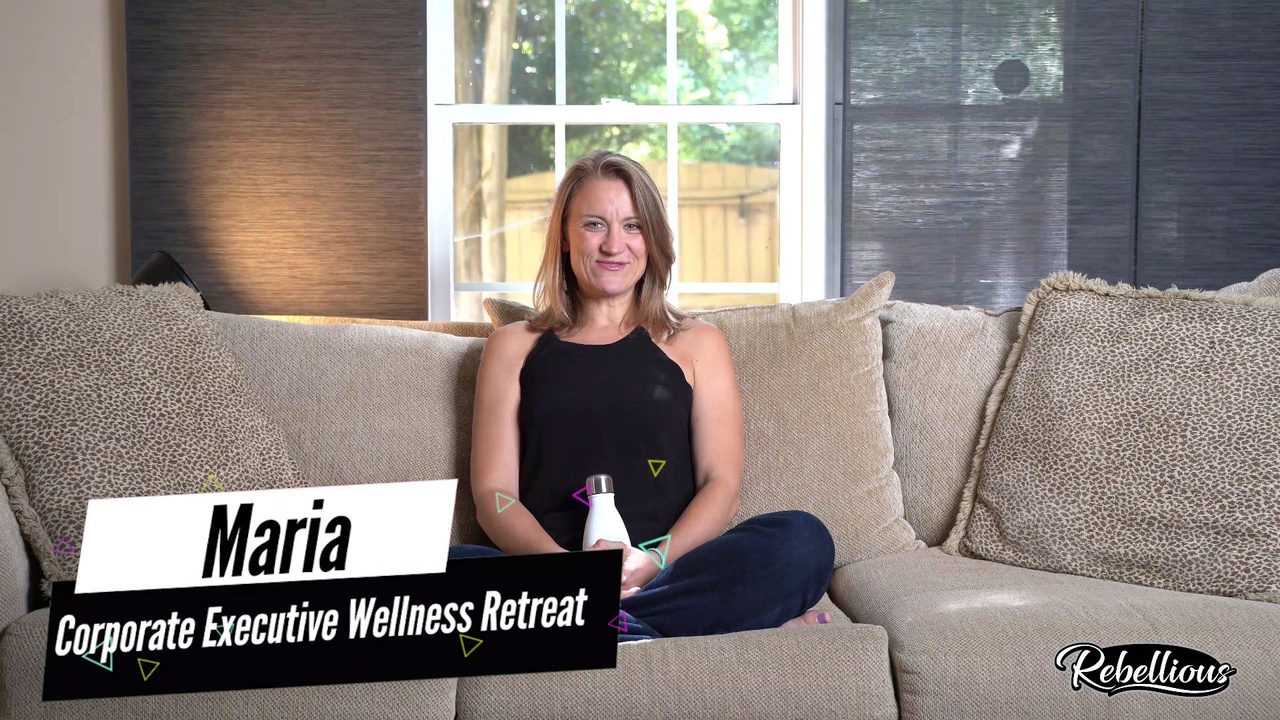20 No-Cost Workplace Wellness Ideas to Get You Going (FREE Template Included)

Let’s start with a few stats:

Over 52% of surveyed employees are experiencing burnout in 2021. This is 43% up from a pre-Covid-19 survey.
Nearly 70% of professionals feel their employers are not doing enough to prevent or alleviate burnout, according to a survey conducted by Deloitte.
21% of employees say their company does not offer any programs or initiatives to prevent or alleviate burnout based on the results from the above-cited study.
- How is your company coping with the new normal and the recent years of continuous cultural adaptation?
- Are your team members feeling isolated, exhausted, distracted, and disengaged?
- What is the state of creativity, innovation, and enthusiasm to show up and be involved?
- Do you observe signs of burnout or physical and mental deterioration?
- Is there an unfavorable impact on productivity, healthcare costs, attrition, and performance?
- What is the state of being of your leadership crew?
- Does your leadership team inspire and lead with authenticity and purpose?
- Is your workforce thriving, energized, and ready to propel to the next level?
- What is the vibe around the office?
Human capital is your company's greatest asset.
I have first-hand witnessed the devastating effects of outsourcing abroad in order to reduce expenses. The damage of destroying business relationships and losing knowledge and skill takes years to heal. The short-sightless of such decisions not only disrupts the business but also creates a damaging company reputation for years to come. Companies that invest in their workforce score much higher on the success scale. Examples of companies that offer great wellness programs are Asana, Google, and more. Asana has "nap rooms" where employees can rest up, recharge, and de-stress. Plus, they can get paid to sleep in those rooms.
Just like for individuals, embracing wellness offerings requires a financial, time, and talent commitments which are typically the reasons many initiatives fail short. However, investing strategically in human capital can yield tremendous ROI for everyone - employees, stockholders, and clients alike. Especially times of turbulent change demand that companies reshape their long-term strategies to prioritize employee wellness by providing effective tools and support.
As industries are dealing with a range of challenges - from burnout to mental health issues to substance abuse, from increased turnover to challenges to finding talent plus a new generation seeking more satisfaction, an effective wellness program can become your competitive advantage to differentiate and propel your company to the next level. A solid well-being program will make a significant difference in how your company and employees show up daily and will place you on top of your industry.
If the vibe in the office is grim with a sense of overwhelm and constant busy, the prospects are not in your favor. While most companies provide some sort of wellness offering, many fall flat on the effectiveness mark.
An Effective Wellness Program

Sustainable individual wellness habits are successful when they are embraced as a lifestyle. Likewise, workplace wellness has to be an integral part of your company culture and be embraced by the executive echelon, setting a leading example. Companies such as Google have created a reputation for stellar wellness offerings, which have become a talent magnet.
Variety is key to addressing different interests, ages, and issues.
Offerings must be holistic and support physical, mental, and emotional well-being. Return on investment will be greater when the emphasis is on proactive versus reactive well-being offerings. Yes, short-term, the upfront investment may appear to be much greater; however, long-term, reactive will cost way more.
For example, it is much cheaper to address ways to reduce high cholesterol rather than pay for a heart attack or stroke - the immediate cost and the long-term rehabilitative care on top of the loss of work time.
According to a CBS News report: "… the average total cost of a severe heart attack, including direct and indirect costs, is about $1 million. Direct costs include charges for hospitals, doctors and prescription drugs, while the indirect costs include lost productivity and time away from work."
You do know that your company insurance policy will carry a chunk of this cost.
The well-being offering should promote a sense of community and connection - at the peer and leadership levels. What better way to connect than the level at a human baseline and pursue health goals together with enthusiasm while having fun? Getting to know your colleagues on a personal level goes a long way in creating a team environment.
A Cost-Effective Company Wellness Program
While the saying: "You get what you pay for" rules in this case as generally in life, it is important to note that not all wellness solutions have a luxury price tag.
There are many simple tricks you can implement starting now to commence creating momentum.
Here are two examples.
1. Call a colleague and simply say hello.
Check, and mean it, how he or she is doing. As a society, we have become accustomed to an almost automatic response 'fine' when asked 'how are you doing?'. In the auto-pilot, daily routine most exist in, tuning in to the self is an abstract-like idea. The same frequently applies to relationships as well - in the technology-loaded existence, we have forgotten about the basics of human interaction. The social media standard of living a 'perfect' life makes it challenging to be upfront about having a crappy day.
Nowadays, having a regular, heart-to-heart conversation goes a long way to building a relationship and feeling human. As a huge bonus - it is much more fun to work with people you personally know - what motivates them, excites them, ticks them off, etc. Warning - avoid gossip, complaining and such as you talk. Make the conversation about getting to know the real person on the other side.
2. Have a seat or lie down - do the 4-7-8 breath.
Repeat 3 times - Inhale for a count of four, hold the breath for a count of seven, and exhale for a count of eight. Also known as the 4-7-8 breath, this is a breathing pattern aimed to calm you (and your nervous system). Wonderful to practice anytime you feel stressed, anxious, overwhelmed or even unable to sleep. Focus on filling up and then completely emptying your lungs with each breath. Pay attention that your shoulders do not rise up when inhaling.
Chronic stress has a negative impact on your ability to breathe deeply and on creating an inefficient, tension-creating breath. Being intentional on the breath not only grounds you in the present moment; it also allows much needed oxygen to enter your body and stale air to exit the body.
Note you may feel dizzy when doing this breathing because of the higher level of oxygen saturating your body.
No-Cost Wellness Ideas
If you’d like a month-worth of ideas, download the Rebellious free template with team and grounding activities which can be implemented at fingers snap.
What is your company doing to nurture your employees? How do you keep energy thriving?
Explore creative solutions, encourage active participation, build a culture of well-being, and watch your employees thrive while business results rocket.
Need a corporate wellness plan designed to meet all your needs? Rebellious Studio offers Workplace Wellness Programs for companies of any size.


